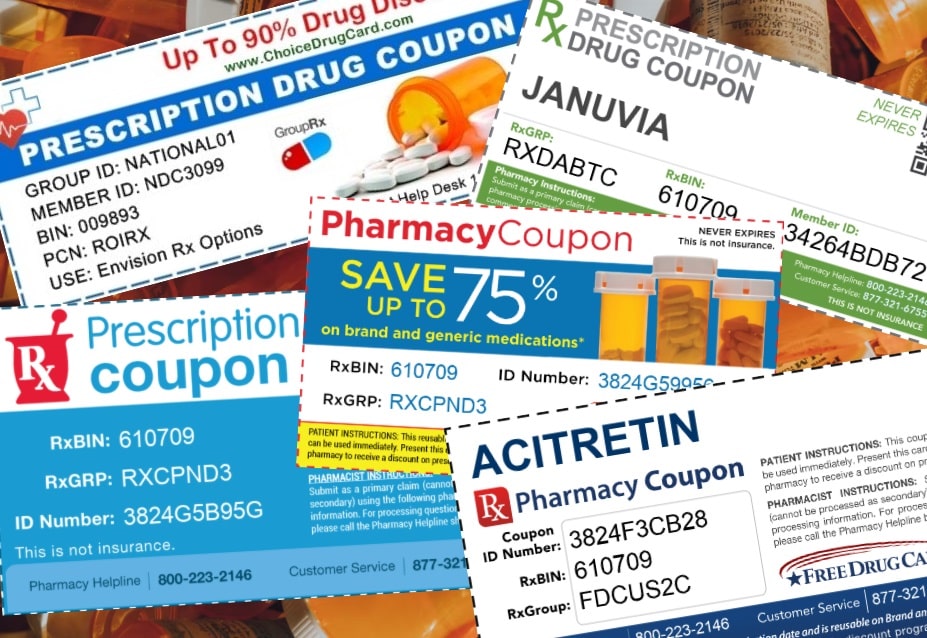
Coupons are supposed to help make your purchases more affordable. But what if they end up having the opposite effect – raising prices for everyone by up to 8% and causing a billion dollars in excess spending each year?
That’s what the authors of a new study say is happening with prescription drug coupons.
Three Harvard University health economists have prepared a study for the National Bureau of Economic Research entitled “How do copayment coupons affect branded drug prices and quantities purchased?” In it, they say coupons that are designed to make brand-name drugs more affordable for consumers, are indirectly responsible for making those same consumers pay more in the long run.
“While coupons may enable individual consumers to access drugs they couldn’t otherwise afford, they may also lead to higher medication prices and insurance premiums,” the researchers write. Drug manufacturers often encourage consumers to opt for their higher-priced brand-name drugs over their lower-priced generic equivalents by issuing coupons, either directly to consumers or through savings programs like GoodRx. These coupons lower consumers’ out-of-pocket cost, making the brand-name prescriptions less expensive than the generic versions.
But then the consumer’s insurance company gets billed for the higher-priced brand-name product. And the more the insurance companies have to pay, the more likely they are to raise insurance premiums to cover their increased costs.
“We estimate that coupons raise negotiated prices by 8% and result in just under $1 billion in increased U.S. spending annually,” the report concludes. So coupons may help you pay less at the pharmacy counter – but you’ll end up paying for it later.
The study echoes the findings of a Congressional Budget Office report issued last month.
“Drug coupons make expensive therapies more affordable and increase manufacturers’ unit sales,” that report reads. “However, coupons interfere with insurers’ cost-control efforts… When a coupon induces an enrollee to choose a brand-name drug over a generic, it increases the cost to insurers because they then must cover the more expensive brand-name drug for that enrollee.”
The CBO says it’s a growing trend. Back in 2009, there were coupons available for fewer than 100 brand-name drugs. Six years later, that number had skyrocketed to more than 700. Some policymakers are addressing the issue with legislation – California, the CBO notes, has banned the use of coupons for brand-name drugs when there are generic equivalents available, and other states are considering similar legislation.
“As branded drug prices continue to rise and new drugs are launched at ever higher prices, consumers and policymakers are intensifying their opposition to the status quo,” the Harvard study notes. Restricting or outright banning prescription drug coupons “would restore the ability of downstream insurers to use cost-sharing to steer patients toward preferred therapies, and in so doing, provide insurers with leverage to negotiate lower drug prices.”
So coupon savings aren’t always what they seem. Critics of grocery coupons like to say they only encourage you to spend more, by enticing you to buy things you don’t need. Now, a growing chorus of critics is saying the same about prescription drug coupons – as saving money on maintaining your physical health could end up having a severe impact on our financial health.
Background image source: Haley Lawrence on Unsplash















